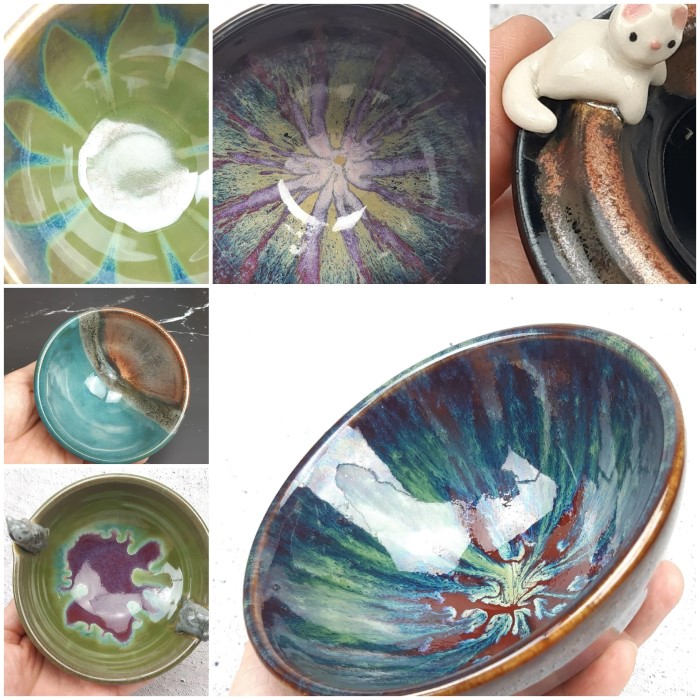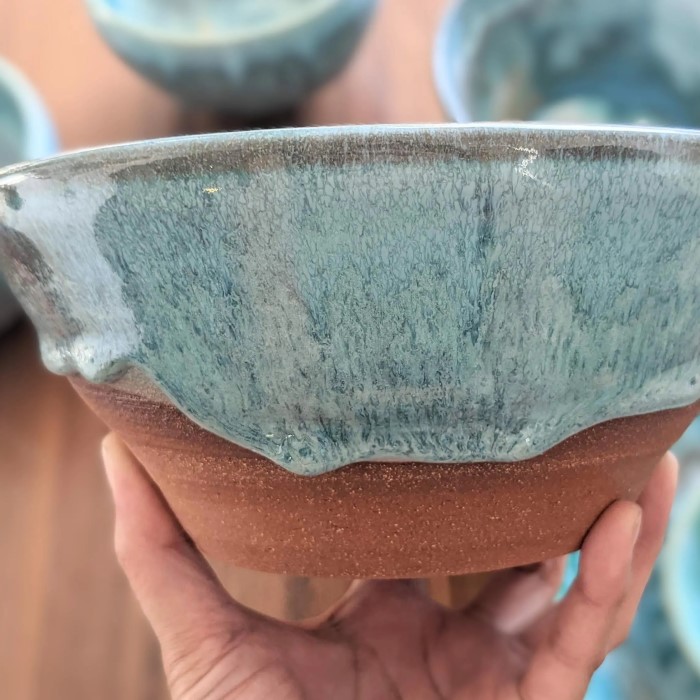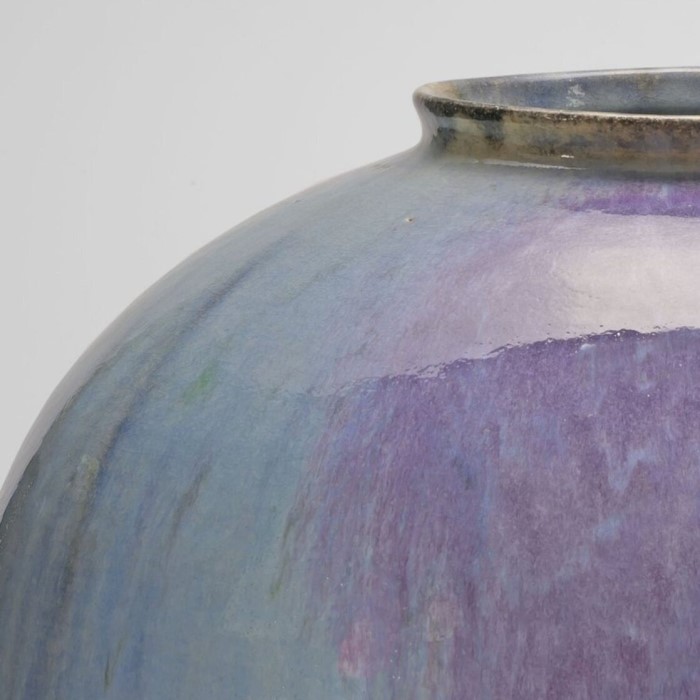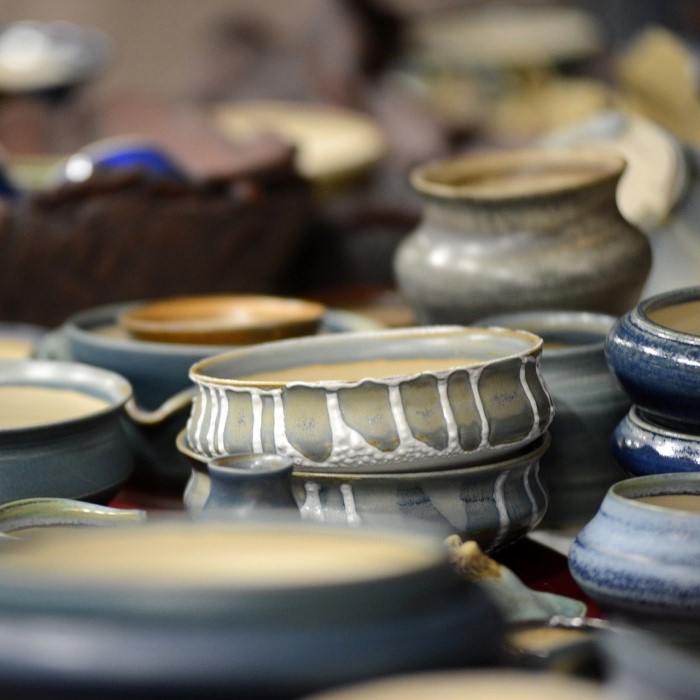Introduction
Glazed ceramics have been used for centuries, captivating artisans and decor enthusiasts alike. These exquisite pieces combine functionality and beauty through a glazing process that adds vibrancy and texture. In a world increasingly leaning towards minimalist aesthetics, glazed ceramics serve as a bridge, showcasing simplicity while delivering timeless elegance. Whether for home decor or practical use, glazed ceramics are an essential component of modern craftsmanship.
The History of Glazed Ceramics
The story of glazed ceramics is as old as civilization itself. These lustrous wares have graced homes and palaces for millennia. Our journey into the past reveals a global tale. It begins around 3000 BCE in Egypt and Mesopotamia. Here, artisans discovered glazing. They applied it to their clay pots, creating a durable, waterproof surface.
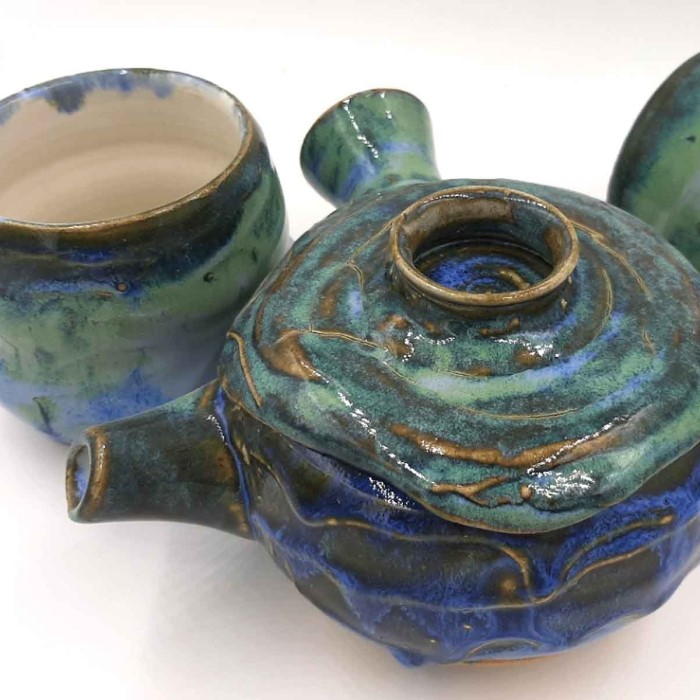
The technique spread quickly. By 1500 BCE, glazers in China were perfecting high-fired porcelain. Their creations are still admired today. Glazed ceramics played a critical role in daily life and religious rituals. They were items of trade and symbols of wealth across empires.
In the Middle Ages, glazed pottery became more diverse. Islamic potters introduced vibrant tin glazes. These glazes transformed ceramics into intricate art pieces. By the Renaissance, Europe too was embracing the magic of glazing. Majolica ware and Delft pottery are perfect examples of the trend.
The Industrial Revolution brought glazed ceramics into modern times. Mass production allowed for wide availability. Today’s techniques stem from this rich history. Ancient methods inspire contemporary artists, ensuring the legacy of glazed ceramics endures.
Key Types of Ceramic Glazes
Ceramic glazes vary in type, each creating unique finishes. Let’s explore the most common ones:
- Lead Glazes: These have a shiny finish and deepen colors. However, they can be toxic, so their use has diminished over time.
- Matt Glazes: Offering a non-glossy, sophisticated look, matt glazes don’t reflect light. This type is popular for contemporary ceramics.
- High-Gloss Glazes: These create a glass-like, highly reflective surface. They are perfect for showcasing vibrant colors and intricate designs.
- Satin Glazes: They strike a balance between matt and high-gloss. Satin glazes offer a soft sheen without the glare.
- Ash Glazes: Made from wood ash and clay, ash glazes have an earthy, natural quality. They are favored for their traditional aesthetic.
- Celadon Glazes: These are known for their gentle green tint. Celadon glazes carry a rich history from Asian pottery traditions.
- Salt Glazes: Salt vapor reacts with silica in clay during firing to form this glaze. It has a distinctive orange peel texture.
- Raku Glazes: Used in a unique firing process, raku glazes crackle and vary greatly. They are loved for their unpredictability and complex patterns.
Understanding glaze types is crucial for potters and collectors alike. Each type of glazed ceramics brings forth different qualities and suitability for various purposes. When glazed ceramics are crafted, artists choose glazes with care, considering the final effect they wish to achieve on their art pieces.
The Glazing Process: An Overview
Glazing is a key step in creating glazed ceramics. It involves applying a liquid glass layer to a clay piece. This liquid, the glaze, fuses to the clay surface as it fires in a kiln. The goal is to create a hard, glassy surface. This surface is both decorative and functional, enhancing beauty and durability.
First, artists must choose their glaze type carefully. They consider the desired finish and interaction with the clay body. They then mix raw materials like silica, alumina, and colorants to form the glaze. Application methods vary, including dipping, pouring, or brushing the glaze onto the bisque-fired ceramics.
Next, the glaze-coated pieces enter the kiln. Here, heat transforms the glaze from a liquid to a solid state. The clay and glaze materials melt and fuse together. This creates the smooth and often vibrant surface that is characteristic of glazed ceramics. Temperature control is crucial, as it influences the final appearance.
The process can require multiple firings, depending on the glaze type. Some glazes react to heat and atmosphere in the kiln in unique ways. This can lead to stunning, one-of-a-kind finishes. With skill and precision, artists turn simple clay into treasured glazed ceramics.
Throughout this process, artists must be mindful of safety. Certain glaze materials can be hazardous. Proper ventilation and protective gear are important. This ensures the health and well-being of the artist.
In summary, glazing is a transformational practice. It is steeped in both science and art. Through this process, pottery is not just protected—it is given an identity, one that has lived on through the ages.
The Role of Temperature in Glazing Ceramics
The role of temperature in glazing ceramics cannot be overstated. Expert ceramicists know that the firing temperature is key to the final look and feel of their work. Here’s how temperature affects the glazing process:
- Melting Point: Different glazes melt at different temperatures. Artists must fire their pieces at the right temperature to ensure the glaze melts properly.
- Texture and Finish: High temperatures can create a smooth, glassy finish. Lower temperatures might result in a more textured surface.
- Colour Vibrancy: Temperature can change a glaze’s color. Some hues intensify with heat, while others might fade or change completely.
- Chemical Reactions: As the glaze heats, it undergoes chemical changes. These changes are crucial for the glaze to bond with the ceramic surface.
- Controlled Cooling: The cooling process is just as important. Controlled cooling can affect the crystallization within the glaze, which affects the final aesthetic.
Every type of glaze reacts to heat in a unique way. This is why glazed ceramics are so diverse. Artists use temperature as a tool, crafting an array of textures and colors. By understanding the role of temperature, they create pieces that are both beautiful and durable.
In essence, temperature is a critical component in creating high-quality glazed ceramics. It shapes the outcome, pushing the boundaries of what can be achieved in ceramic art. So, the next time you admire a glazed ceramic piece, remember the crucial role played by the fiery kiln’s embrace.
Popular Techniques for Applying Glazes
Glazing ceramics is both an art and a science. Artists use various techniques to apply glazes, each impacting the final piece. Here are some popular glazing methods:
Dipping:
- Dipping is a highly efficient method for applying glaze to ceramic pieces.
- The artist immerses the entire piece into a bath filled with glaze, allowing for quick coverage.
- Care is taken to ensure that the glaze adheres evenly across all surfaces, which helps maintain a consistent finish.
- This technique is particularly advantageous for smaller items, where full immersion is practical.
Pouring:
- Pouring is another effective technique that involves gently pouring glaze over the ceramic piece.
- This method is especially suitable for larger works, as it enables even application across extensive surfaces.
- Artists can control the flow of glaze, resulting in smooth, streak-free finishes that highlight the contours and details of the piece.
- With pouring, there is less risk of drips or uneven spots, which can be advantageous for intricate designs.
Brushing:
- Brushing is a versatile technique that allows artists to apply glaze with precision.
- It is particularly useful for creating intricate details and complex designs, as artists can manipulate the flow of glaze with utmost care.
- This method also enables layering, where multiple colors or textures can be built up to achieve a rich, dynamic surface.
- Brushing can be time-consuming, but the detailed results often justify the effort, especially for more artistic endeavors.
Spraying:
- Spraying glaze is a modern technique that offers speed and efficiency.
- By using a spray gun or airbrush, artists can achieve an even, uniform coating across the entire piece, regardless of its complexity.
- This method is particularly beneficial for intricate designs, as the fine mist of glaze can reach into small crevices and intricate details that might be difficult to cover with a brush.
- Additionally, spraying can create a smooth finish, eliminating the brush strokes that might be visible with other techniques.
Sponging:
- Sponging is a unique method where artists use a sponge to apply glaze to their ceramic pieces.
- This technique involves dabbing or pressing the sponge onto the surface, allowing for a creative, textured effect.
Glazed Ceramic Art: A Gallery of Masterpieces
The world of glazed ceramic art is rich with masterpieces that tell tales of cultural heritage, artistic prowess, and unrivaled craftsmanship. From ancient artifacts to modern sculptures, glazed ceramics have long been celebrated for their aesthetic splendor and technical brilliance.
- Ancient Wonders: Glazed ceramics from ancient civilizations display the ingenuity of early potters. The Egyptian faience and Mesopotamian pottery are prime examples, showcasing vibrant colors and enduring finishes.
- Asian Traditions: The Far East is known for its exceptional ceramic art. Chinese porcelain and Japanese raku ware stand out with delicate shapes, serene celadon hues, and crackled textures.
- European Classics: European styles, like the Italian Majolica and Dutch Delftware, tell stories of renaissance and trade. These pieces feature intricate hand-painted designs and glossy surfaces.
- Contemporary Creations: Today’s artists also make waves in the realm of glazed ceramics. They blend traditional techniques with innovative designs, pushing artistic boundaries and creating new classics.
Each masterpiece serves as a snapshot of the era and culture it hails from. Museums and private collections across the globe celebrate these pieces, preserving them for future generations to admire. As we appreciate the beauty and skill embodied by these works, we also recognize the importance of caring for glazed ceramic art to maintain its legacy.
Caring for Glazed Ceramic Wares
Glazed ceramic wares are not only beautiful but also functional. To keep them looking their best, follow these simple care guidelines:
- Handle with Care: These items are fragile. Always handle them gently to avoid chips and cracks.
- Cleaning Methods: Wash them by hand using mild soap and warm water. Avoid harsh scouring pads or abrasive cleaners that can damage the surface.
- Dishwasher Safe?: Some glazed ceramics can go in the dishwasher. Check with the maker or retailer before attempting this.
- Microwave Use: Not all glazed ceramics are microwave-safe. The heat can crack some types of glazes. It’s best to confirm with the manufacturer first.
- Avoid Sudden Temperature Changes: Do not move ceramics from one extreme temperature to another. This can cause thermal shock and lead to cracking.
- Storage Solutions: Store your ceramics in a place where they won’t get knocked over. Stack them carefully or display them safely.
- Repairing Damages: If a piece gets chipped or cracked, consider professional repair. Some adhesives can harm the glaze or degrade over time.
By caring for glazed ceramic wares properly, you can enjoy their beauty for years. Whether they are antiques or modern pieces, the right care will preserve these delightful works of art.
The Future of Glazed Ceramics in Art and Design
The future of glazed ceramics shines bright in art and design. Continuing the legacy of past masters, modern artists and designers are finding innovative ways to work with this versatile medium. Here are some trends shaping the future of glazed ceramics:
- Sustainability: Eco-friendly practices are becoming a priority. Artists are exploring recycled materials and non-toxic glazes.
- Technological Advances: Digital tools like 3D printing are opening up new possibilities for ceramic design. This allows for more complex shapes and textures.
- Educational Outreach: More workshops and classes are promoting ceramic arts to younger generations. This is ensuring the craft’s future.
- Artisanal Revival: There is a growing appreciation for handmade goods. Collectors and consumers value the unique touch of hand-glazed ceramics.
- Collaborative Projects: Cross-disciplinary collaborations are on the rise. Ceramists are working with tech experts, scientists, and designers to push creative boundaries.
- Global Influence: Artists are incorporating styles and techniques from different cultures. This creates a rich, global tapestry of ceramic art.
As we look forward, glazed ceramics will likely play a significant role in both functional design and fine art. With a deep respect for historical methods, yet an eye on the future, the field is set for vibrant growth and continued innovation.
Conclusion
In conclusion, glazed ceramics embody timeless beauty and exceptional craftsmanship, with a perfect alignment to minimalist aesthetics. Their versatile nature, combined with sustainable practices and artistic expression, make them a valuable addition to any home. Embracing glazed ceramics not only enhances your decor but also supports a rich tradition of artistry and innovation. As trends evolve, the charm of glazed ceramics remains steadfast, inviting individuals to appreciate the simple yet profound elegance they offer. Whether you are a collector or a casual admirer, there is a piece for every taste that honors the beauty of glazed ceramics.
